The past week at the University of Florida Research Site near Healy, AK saw the optimistic continued preparation of the CiPEHR Site(s) for summer data collection despite the reluctance of winter to release it’s grip.
At the beginning of the week Elizabeth Webb and I gave a presentation describing what’s happening at CiPEHR to several of Lathrop High School teacher Jim Lokken’s Earth Science classes.
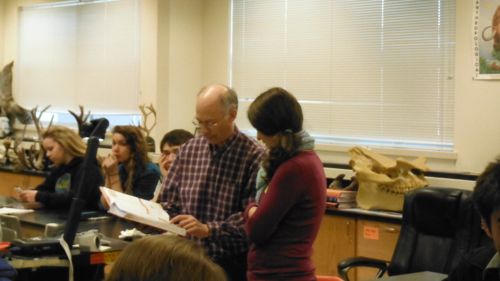
Solar panels to power the air compressors that control the opening and closing of the chambers sampling CO2 emissions from warmed tundra in the summer months were hauled out of storage. These panels were transported to the CiPEHR site via snowmachine and installed at the On-Site Plots.
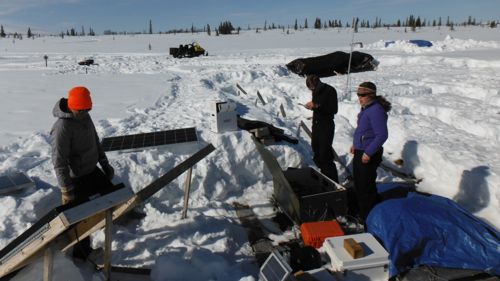
The preparation, assembly and air testing of the chambers for their work during the summer continued interspersed with a snow storm that forced us to repeat some of the shoveling we had completed the previous week.
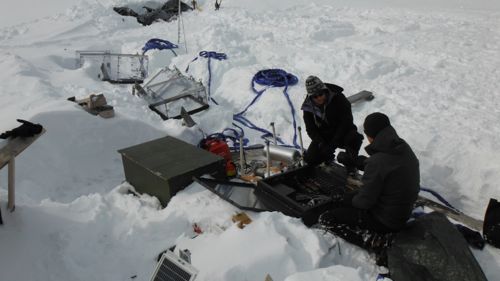
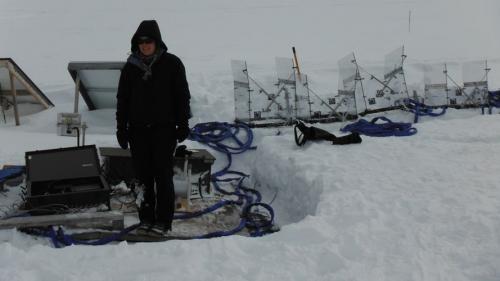
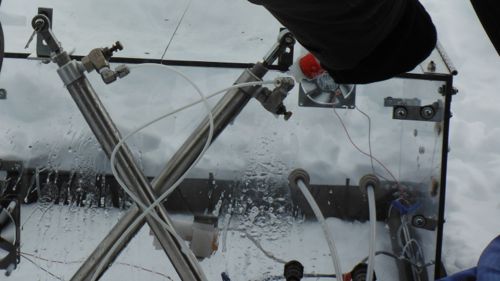
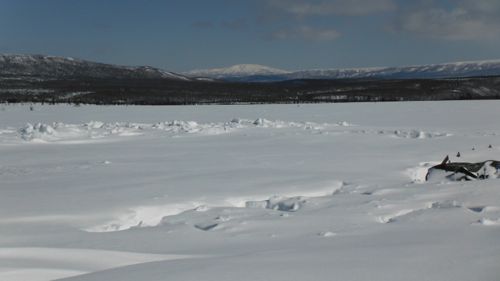
Winter data collection at the Off-Site Plots (Smiley) and On-Site Plots (Winter Warming) continued.
Research Elizabeth Webb after reviewing previous years data said that this year the snow is deeper than any previous year since the experiment began 5 years ago. It looks like melt out will be occurring (since it hasn’t started yet) at least two weeks later than previous years. The continued cold and snow appears to be an aberration. One of the local competitions that the Schuur Lab has competed in is the Nenana Ice Classic. http://www.nenanaakiceclassic.com/
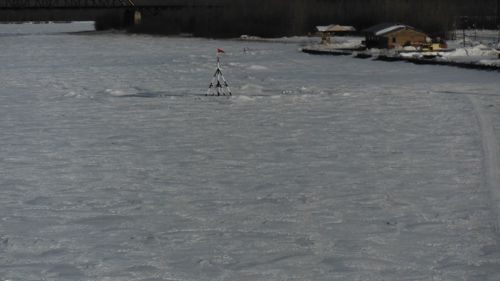
This competition involves placing a tripod on the Nenana River next to the docks in the community of Nenana (located about 50 miles north of here on the George Parks Highway). The tripod is connected to an official clock. When the ice moves out on the river (break-up) the date and time is recorded. Individuals interested in competing (which could be anyone in the world due to internet access) pay a set fee and guess the day and time this will happen. Elizabeth reviewed the data from the Ice Classic website and prepared this graph. You can see this competition has been around awhile.
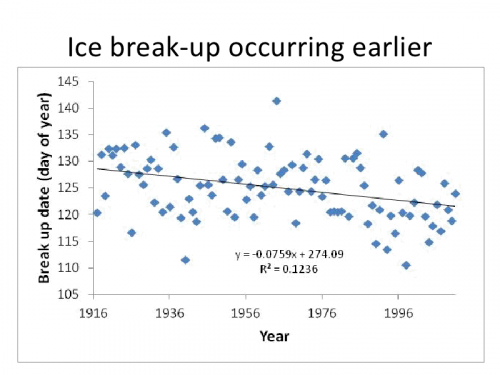
I’ve already lost…I guessed my daughters birthday April 23 and the ice now on April 27 shows no sign of movement.


Comments